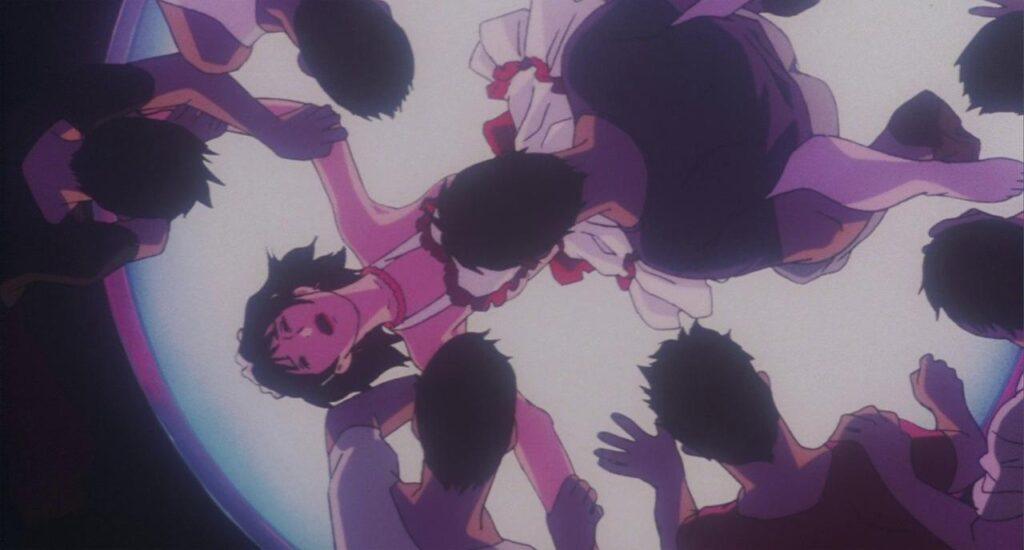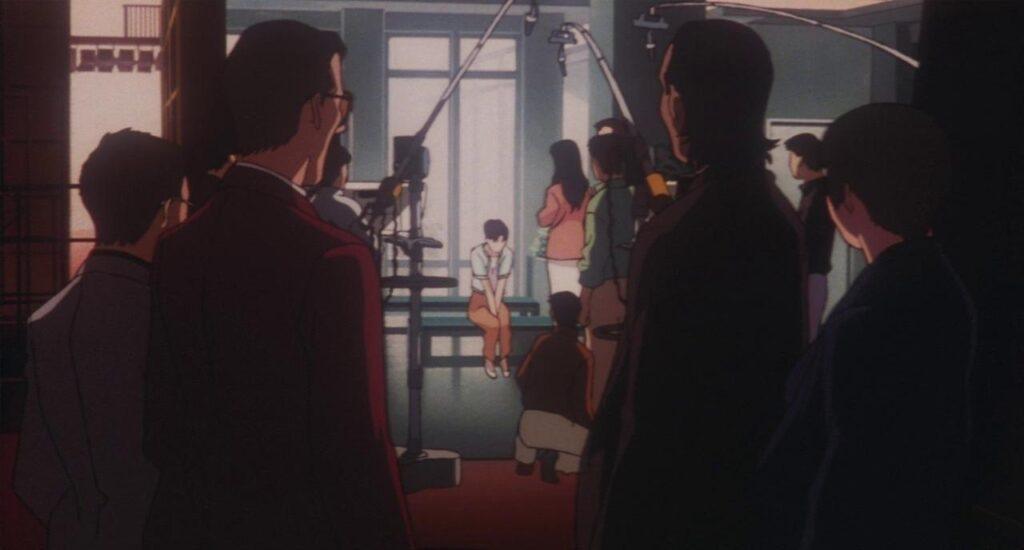
The Psychological Cost of Selling Your Soul for Fame
Fame has never been a double-edged sword. In Perfect Blue, director Satoshi Kon masterfully unravels this fact through a psychological lens that still unnerves audiences decades later. The 1997 anime thriller is not just a thrilling whodunit — it’s a shuddersome plunge into identity loss, self-disintegration, and the hidden cost of living in the crucible of society’s limelight.
The Mask Origin
The film follows the life of Mima Kirigoe, a pop singer who leaves her all-female band CHAM! for a serious acting career. It’s something musicians dream of, but for Mima, it turns into a psychological nightmare. As she trades innocence for adult roles and steamy scenes, she’s tormented — not just by an obsessed fan, but by a fragment of herself that refuses to let go of the idol image.
This double, gleaming, smiling, ghostly replica of her previous self, becomes emblematic of what is lost: purity, innocence, and the allegiance of her audience. It is here that Perfect Blue poses its most terrifying question — how much of yourself do you have to give up in order to no longer be found at all?

Dissociation and the Fragmented Identity
Mima’s mental collapse is presented in broken timelines, dreamlike imagery, and delusions. Viewers are as uncertain as Mima is about what is real and what isn’t. The method is indicative of dissociative identity disorder, where trauma causes a victim to compartmentalize different parts of themselves in order to survive.
By shedding her idol image and diving into darker roles, Mima is left with a violent disconnect between the person she was and the person she is meant to be. The result? An identity crisis of epic proportions. Her understanding of reality disintegrates as she attempts to reclaim control of her life — something that many in the show business industry quietly endure.

Fame as a Modern Horror
What’s terrifying about Perfect Blue isn’t the blood or the suspense — it’s how it captures the emotional fear of public life. Mima is constantly watched: on a camera, by the public, by stalker, and by some unknown entity manning a blog (creepy foresight since the film was produced before social media). Her image is consumed, distorted, and recontextualized — and reduced to the point of being less human and more product. This disempowerment, this not being able to control one’s own narrative, is a psychic price that even many stars these days pay. Perfect Blue warned us — long before Instagram, TikTok, or cancel culture gone viral — that giving the world too much of ourselves may lead to losing ourselves.

Selling Your Soul — Metaphor or Reality?
While Mima never really sells out, selling her soul, she sacrifices her sanity, integrity, and privacy for mainstream success. The transformation comes in the form of a spiritual death — one where the “idol” is a specter that haunts the real person, commanding perfection and punishing for imperfection.
Satoshi Kon clouds the distinction between stage and reality with such finesse that we, the audience members, begin to feel guilty too. Are we rooting for Mima, or just watching her fall apart for entertainment purposes?

Conclusion: A Cautionary Tale in 2D
Perfect Blue isn’t merely an anime movie — it’s a psychological mirror held up to our mania for fame, image, and perfection. It poses a question that is more pertinent today than ever: What happens when your real self is no longer salable?
For Mima, fame comes at the cost of her sanity. And in this day and age of social media, where your name and your image are a paper-thin line away from each other, her story is a wake-up call: never trade your soul for the limelight. Most likely, you’ll never get to see it again.


